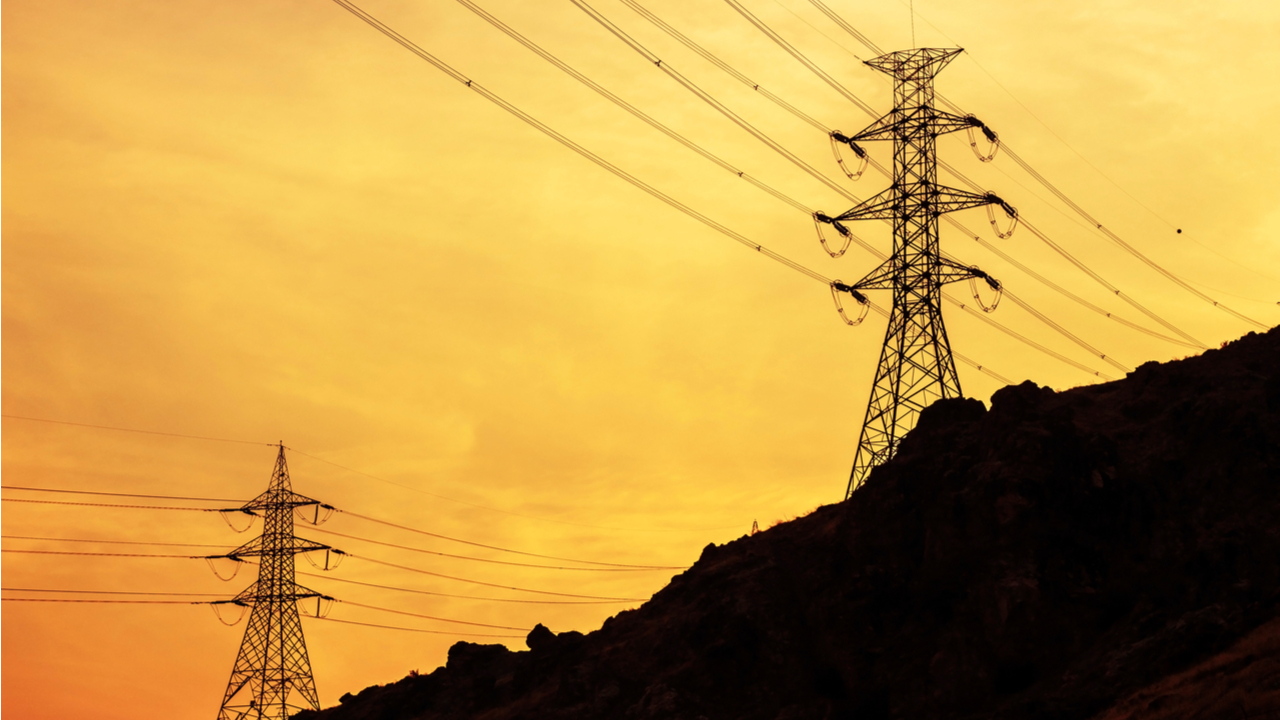Authorities in Iran are continuing their crackdown on unauthorized cryptocurrency mining as electricity demand remains high. The country’s power utility company has so far closed down more than 5,300 illegal mining facilities, seizing an enormous amount of coin-minting machines.
Power Utility Confiscates More Than 216,000 Mining Units From Unlicensed Miners in Iran
Preventing blackouts remains a priority in Iran where electricity consumption is still higher than usual. Cryptocurrency miners, the majority of which are operating without authorization, have been blamed for electricity shortages throughout the summer. The hot weather this year led to increased use of air conditioning while limited rainfall negatively affected hydropower generation.
The Iran Power Generation, Distribution and Transmission Company, Tavanir, is constantly tracking down illegal mining operations across the country. According to a recent report by the utility, the number of crypto farms the state-run entity has closed down has reached 5,380.
Tavanir also revealed it had seized 216,758 pieces of mining hardware, the English-language business daily Financial Tribune reported, quoting ISNA news agency. Its estimates show that the unlicensed facilities have a combined electricity consumption equal to that of 800,000 households, or two million people.
The power distribution company has previously claimed that illegal miners consume 2,000 megawatts of electrical energy daily. However, this figure was recently rejected by the Ministry of Industries, Mining and Trade which described it as “highly exaggerated” as such an amount would equal the power usage of 3 million mining devices.
Iranian government recognized cryptocurrency mining as a legal industrial activity in July, 2019. Authorities in Tehran introduced licensing for mining companies and the permits are issued by the Ministry of Industries. According to Tavanir, 56 authorized crypto mining farms need a total of 400 megawatts of electricity.
In May of this year, Iran imposed a temporary ban on all cryptocurrency mining to reduce its power deficit. Then, in August, Tavanir announced the restrictions will be removed for licensed miners on Sept. 22 in view of an expected decline in power demand towards the end of summer.
While the licensing regime has allowed dozens of mining entities to operate legally in the Islamic Republic, the government has raised their electricity rates to match export prices. Since April, authorized miners are charged 16,574 rials ($0.39) per kilowatt-hour, four times the initial tariff. At the same time, illegal crypto farms use subsidized energy intended for households and other industrial sectors.
Iranian power generating facilities produce approximately 60,000 megawatts of electrical energy from a total installed capacity of over 85,000 megawatts. According to Tavanir, the country’s power deficit amounts to at least 5,000 megawatts a day.
Do you think cryptocurrency miners are responsible for power shortages in Iran? Share your thoughts on the subject in the comments section below.
Image Credits: Shutterstock, Pixabay, Wiki Commons
Disclaimer: This article is for informational purposes only. It is not a direct offer or solicitation of an offer to buy or sell, or a recommendation or endorsement of any products, services, or companies. Cryptox.trade does not provide investment, tax, legal, or accounting advice. Neither the company nor the author is responsible, directly or indirectly, for any damage or loss caused or alleged to be caused by or in connection with the use of or reliance on any content, goods or services mentioned in this article.






